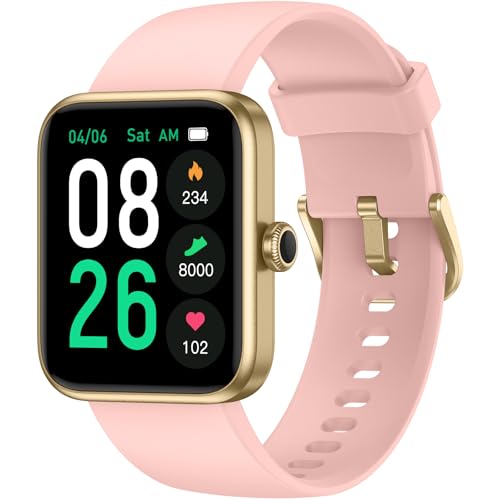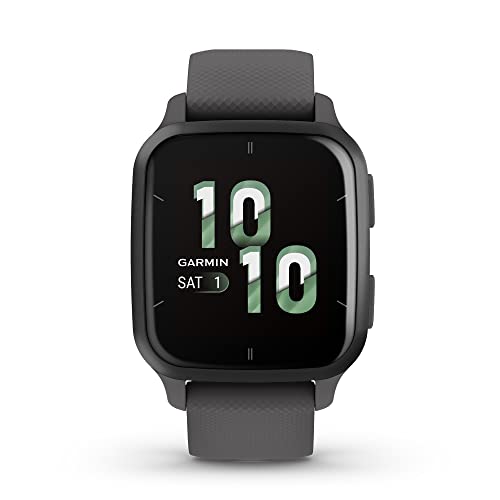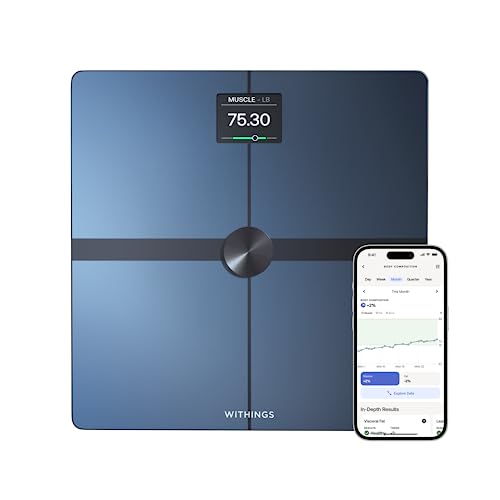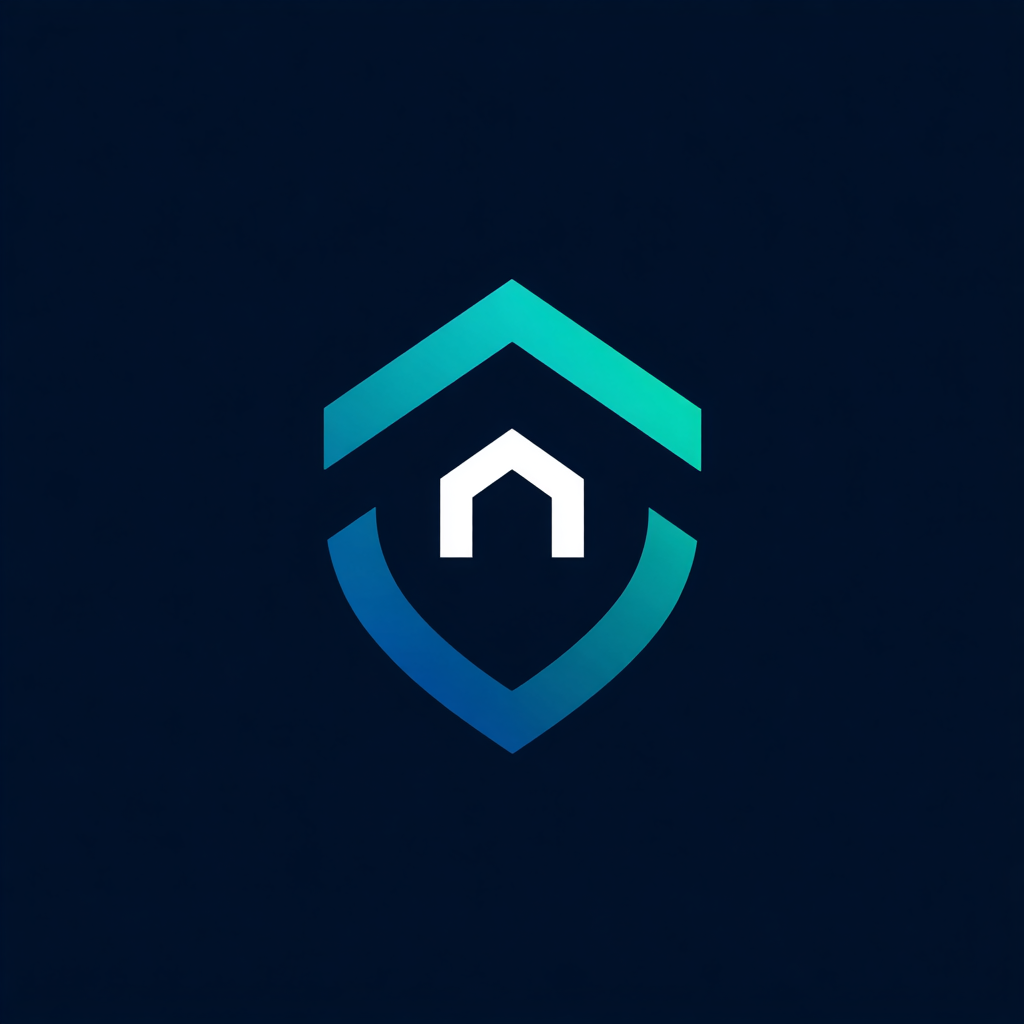This guide offers a straightforward approach to seamlessly sync and monitor your health across multiple smart devices using a single app. It outlines step-by-step instructions that simplify the process, ensuring you can efficiently track your health metrics without the hassle of juggling different platforms. By following these steps, users can enjoy a streamlined experience that enhances their ability to manage and understand their health data effectively.



Consolidate Your Fitness Apps with Health Sync | Optimize Your Data!
Choose the Right Health Monitoring App
Select a health monitoring app that supports multiple devices to enhance your experience and flexibility. Ensure it is compatible with the devices you already own, such as smartphones, smartwatches, or fitness trackers. Review the app’s specifications to confirm its functionality across various platforms, enabling seamless data synchronization. Look for user reviews online to gauge satisfaction levels and potential issues. Consider the overall rating as well as comments regarding ease of use, reliability, and customer support. Filter the reviews based on recent experiences to get the most current insights and identify any updates or changes to the app that may affect functionality.
Evaluate the app’s features to ensure it aligns with personal health goals. Check for functionalities like activity tracking, heart rate monitoring, and diet management. Look for customizable settings that allow users to track specific metrics and receive tailored feedback. Prioritize user-friendly interfaces that simplify navigation and enhance usability. Investigate whether the app provides integration with other health platforms or services, as this may enhance your overall monitoring experience. Review privacy policies to ensure personal data security, confirming that your health information is protected. Use these criteria to finalize your choice and begin taking steps towards improved health management.


Connect Your Devices
Choose the app that best suits your health device needs. Enable Bluetooth on your smartphone or tablet to allow the device to connect seamlessly. Navigate to the app’s settings and look for an option related to device pairing or connections. Once there, scan for nearby devices, which usually involves tapping a search or refresh button within the app interface.
Select your health device from the list presented. Follow the on-screen prompts, which may request you to confirm the connection. Look for a pairing code that may appear on your device, and input it into the app if necessary. Ensure you grant any permissions the app requests, such as accessing your location or handling notifications, which can improve connectivity and functionality. If any issues arise, double-check that the health device is powered on and within range.
Set Up Your Profiles
Connect your devices to the app, ensuring that all necessary permissions are granted. Once connected, proceed to set up your health profiles by navigating to the settings or profile section. Input essential health information such as your age, weight, height, and any other relevant metrics. This data forms the foundation of your personalized experience within the app. The more accurate and detailed the information, the better the app can analyze and understand your health needs.
Enter your fitness goals, whether you aim to lose weight, build muscle, improve endurance, or maintain overall wellness. Be specific with your goals; for instance, state the amount of weight you wish to lose or the number of miles you aspire to run each week. This clarity enables the app to generate targeted insights and recommendations tailored to your unique objectives. Regularly revisit and update your health profile as your goals or circumstances change to ensure that your app experience remains relevant and effective.
Sync Your Data Regularly
Enable automatic syncing in the app’s settings to ensure your devices sync data regularly. Open the app on your mobile device, navigate to the settings menu, and look for options related to data synchronization. Select the choice for automatic syncing and toggle it to the “on” position. This action allows the app to automatically update your health data whenever the device is connected to the internet. Make sure your devices, such as smartwatches or fitness trackers, are also set to allow background syncing to facilitate a seamless experience.
Manually sync your devices after each use if automatic syncing is not available or if you prefer to control when updates occur. Launch the app and connect your device through Bluetooth or any other connection method, depending on the device type. Locate the manual sync option, often represented by a sync icon, and tap it to initiate the data transfer. Monitor the progress on the app, ensuring that it confirms the successful upload of your data. Keeping your information current in the app not only provides an accurate overview of your health metrics but also allows you to track your progress effectively.
Monitor and Analyze Your Health Trends
Utilize the app’s dashboard to monitor your health trends over time. Access key metrics like your heart rate, sleep quality, and daily activity levels, which are displayed in a user-friendly format. Examine graphs and charts that visualize your progress, enabling you to quickly identify patterns or fluctuations in your health data. For instance, if your step count is consistently low, recognize this trend and consider integrating more physical activity into your daily routine. Regularly check the dashboard to stay accountable and motivated as you observe improvements over time.
Leverage notification features to keep yourself on track and informed about your health. Set reminders for medication, hydration, or exercise to maintain your well-being. Customize notifications to alert you when you exceed or fall below your target heart rate during workouts, ensuring you remain in a safe, effective range. Take advantage of personalized insights provided by the app, which can recommend lifestyle changes based on your trends. If the app highlights a decrease in sleep quality, explore suggestions for better sleep hygiene, such as establishing a bedtime routine or reducing screen time before bed. By actively engaging with these tools, users can make informed adjustments to their health habits.
Stay Connected and Informed
In conclusion, by adopting the strategies outlined in this blog post, individuals can seamlessly sync and monitor their health across various devices. This integrated method not only simplifies health management but also empowers users to make informed decisions regarding their well-being. Embracing technology in this way fosters a proactive approach to health, ultimately leading to improved outcomes and a more balanced lifestyle.
Essential Gear Needed
![How to Easily Sync and Monitor Your Health with Multiple Devices 10 Apple Watch Series 8 [GPS + Cellular, 45mm] - Midnight Aluminum Case with Midnight Sport Band, M/L (Renewed)](https://www.topratedreviews.net/wp-content/uploads/2025/08/1applewatchseries8gpscellular45mm-midnightaluminumcasewith.jpg)
Seamless Device Integration
Step-by-Step Guide to Seamlessly Integrating Your Smart Health Devices
- Choose a Compatible App: Start by selecting an app that supports multiple smart health devices, ensuring that it is compatible with all the devices you intend to sync
- Connect Each Device: Follow the manufacturer’s instructions to power on and connect each smart health device individually to the app, usually via Bluetooth, Wi-Fi, or through a QR code scan
- Create an Account: If required, create an account within the app to manage your synced devices. This often involves entering personal information and possibly linking the app with other health platforms
- Sync Data: Once all devices are connected, initiate the syncing process in the app to ensure all health data is aggregated and stored in one location for easy access
- Regularly Update the App: Keep the app updated to the latest version to ensure it maintains compatibility with your devices and offers the best features for tracking health data
Streamlining Your Health Tracking Experience
Many health devices can typically be synced to a single app, creating a comprehensive health monitoring ecosystem. Common examples include:
- Fitness Trackers: Devices like Fitbit or Garmin can sync data such as step count, heart rate, and sleep patterns.
- Smartwatches: Devices like the Apple Watch and Samsung Galaxy Watch can connect and share data on activity levels, heart rate, and other health metrics.
- Smart Scales: Weighing scales that measure body weight, body fat percentage, and muscle mass can also sync to health apps.
- Heart Rate Monitors: Equipment such as chest straps or wrist-based heart rate monitors can transmit heart rate data to fitness apps.
- Blood Pressure Monitors: Some digital blood pressure cuffs can sync readings to apps for tracking over time.
- Glucose Monitors: Continuous glucose monitors (CGMs) may also sync data to provide blood sugar level insights.
These devices often connect through Bluetooth or Wi-Fi to a health-focused application, consolidating health data for easier tracking and analysis.



Leave a Reply